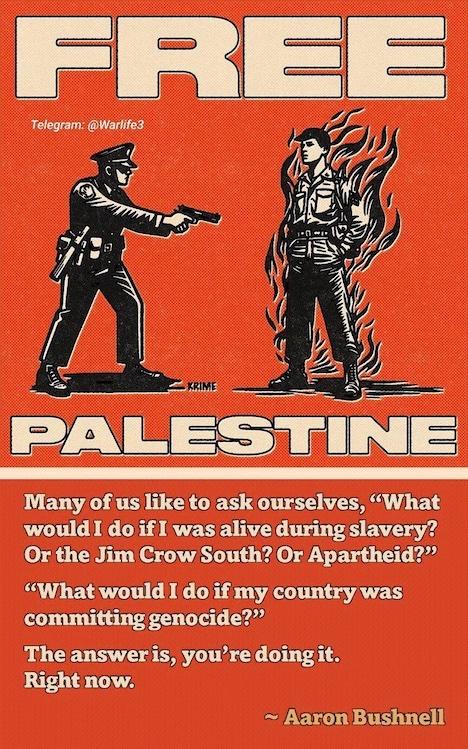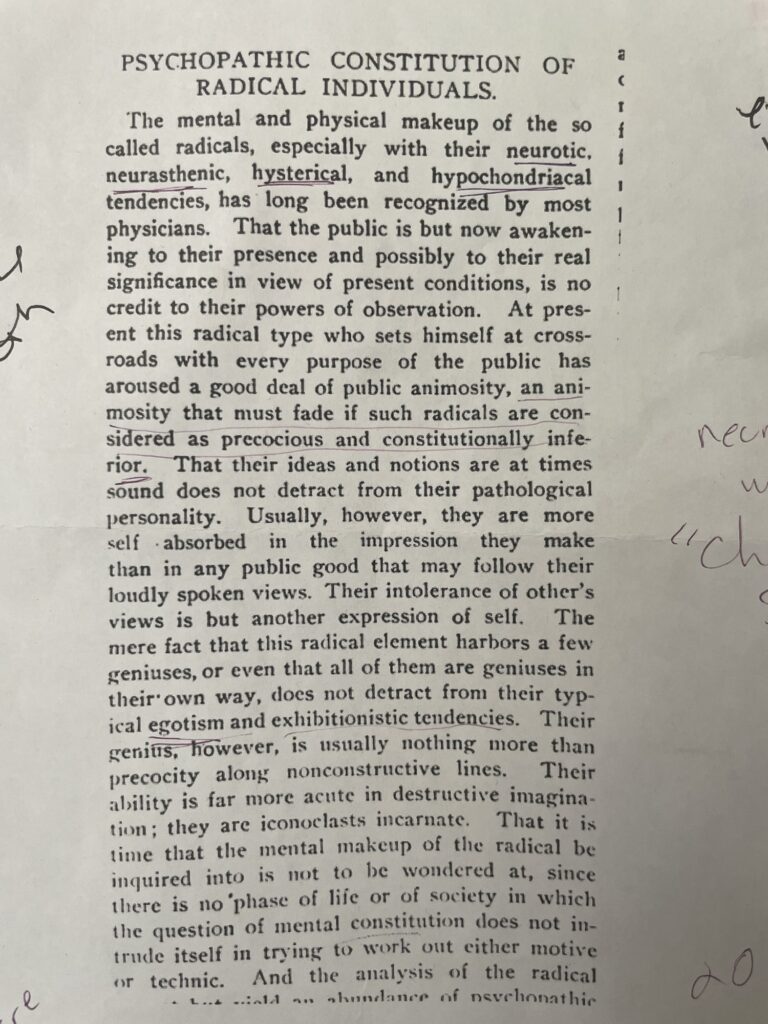It has been a little more than a year since Aaron Bushnell, an active-duty member of the US Air Force, doused himself with gasoline in front of the Israeli embassy in Washington DC and self-immolated in protest of the US-Israeli genocide in Gaza. I was shocked and saddened when the news first crossed my social media feed – but I understood. It had been less than a month since an IOF tank had fired 335 bullets into Hind Rajab’s car, a week since Nasser Hospital was raided, days since Raffah was bombarded, minutes after another refugee camp was dissolved by a 2000 pound bomb. In that moment I think a lot of us understood why Aaron made the choice he did.

Aaron Bushnell is a hero and a martyr, full stop. But since he carried out his final action, I have been dogged by a question: is self-immolation or some other physically self-destructive act the only option for a person who wants to escalate [particularly in the US, where people can be quite spread apart outside of cities, making organizing an affinity group more difficult]? And the answer is, of course not! There are literally infinite ways to creatively resist that are more impactful than simply liking and sharing videos within your preferred social media silo.
Escalation implies taking a greater risk to achieve a greater reward.
A greater reward doesn’t mean you single-handedly kick off the revolution or block a highway with just your body and a bike. It could look like convincing more people to boycott, a deepening of relationships that could lead to the formation of an affinity group, or a momentary rupture in the status quo that causes people to look up from their screens – actions that help you find more comrades and prepare the ground for future actions. This type of escalation can be irl, online, or hybrid -the point is to be intentional about your strategy.
A greater risk will look different for everyone and will change over time. Only you can answer how much of a risk you are willing and able to take. Debt, disability, care-taking, legal status, and other life situations can magnify risk in material ways that a lot of people simply cannot absorb – at least not until our networks of mutual aid and movement solidarity are stitched together. Take the time to really meditate on this so that you are clear on what kind of risks you are able to take and what kind of risks you could stretch yourself to take in the future. Ask yourself:
What are all of the possible outcomes I can think of? What is the worst case scenario? What is the best? What possibilities can I imagine in between the two? How could my action adversely affect other people?
What would happen if everyone stayed silent?
There is one variable that magnifies our feeling of excessive risk above all else: fear
Interrogating our fears honestly is a crucial part of the risk equation.
Projecting god-like strength is a powerful tool that the Trump administration has been employing to extort compliance and obedience since before he was most recently elected. But it’s not new. Before Trump, the Empire managers used fear as a weapon of control: fear of being labeled an anti-Semite, fear of losing career opportunities, fear of Trump as a symbol of ultimate evil that requires abandoning any hope for deep reform. The post-9/11 security state surveils away in the background, no matter which party captures the executive branch.
Before I launched my DISalienation protest, I was terrified. I felt like I had everything to lose and nothing to lose at the same time. Images of masked officials showing up at my door kept me awake at night, as did my deep fear of winding up homeless or incarcerated (ie being rendered invisible and disposable, as so many of our fellow US Americans find themselves already). These fears do not seem misplaced at a moment in history where we see images in our feeds of activists and immigrants being disappeared every day. But the reality is that I am white, I am a cis woman, and I am a US citizen. Sure my politics would be labeled as anti-American and communist, but that is not the same risk that people who are perceived as trans or Muslim or illegal or terrorist face.
Resistance will become more perilous as we sink deeper into fascism, but right now I can choose to leverage my very basic identity and privilege to speak out in ways that others cannot. That can and will change in the future, but I hold on to the truth that life is suffering and that I cannot truly say I’ve lived if I only ever play it safe. I struggle with the feeling of betraying those who expected me to just uphold the status quo like a slow-boiled frog, but then I remember that I never swore loyalty to upholding the status quo. And my recognition of their likely negative feelings about my boat-rocking are diminished by my reading of history and knowledge that doing nothing does things…really bad things.
So in the spirit of this discussion of risk, fear, and action, I want to offer you three reflections:
- The powers that be have always considered it insane to resist, to insist on your dignity as a human when it challenges their power. Enslaved people who attempted to escape were diagnosed with drapetomania. Industrial workers who demanded better wages and more safety were classified as psychopaths. Labeling protestors as lunatics for rising up against genocide is not new.

2. US Americans are THE MOST propagandized people in existence, on-par with Israeli citizens. It is imperative that you consistently practice small acts of disobedience so as to build your muscle for when you must disobey in a more significant way.
3. Fear is the mind-killer (and the heart-killer). Find quotes about overcoming fear in pop culture, religion, radical books, etc. It doesn’t matter where you get it as long as it moves you to breathe into your fear. I am not a Dune fangirl, but I often think of the Litany Against Fear when I am trying to process my internal feeling of fear [that manifests as a racing heart, clenched jaw, and holding my breath]. Fear gives us a rough read on reality, but it is not reality: fear is a feeling.
